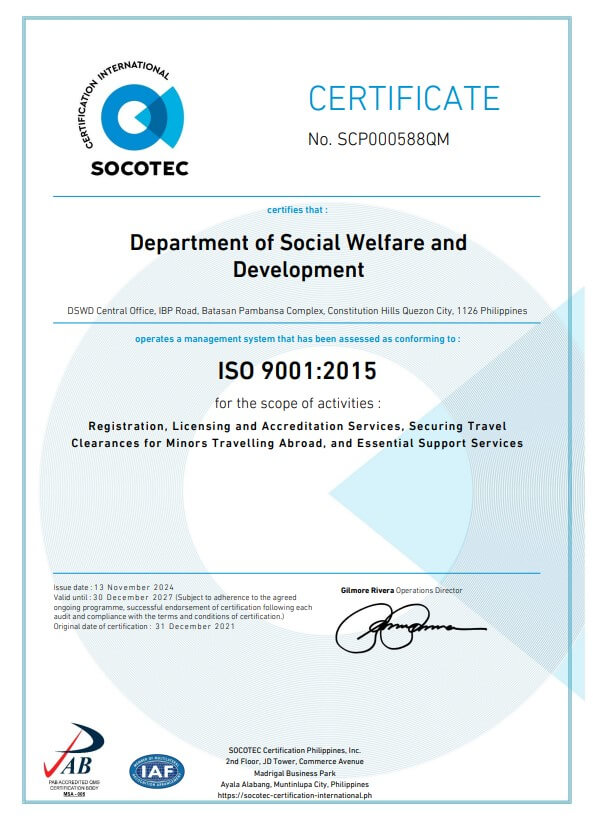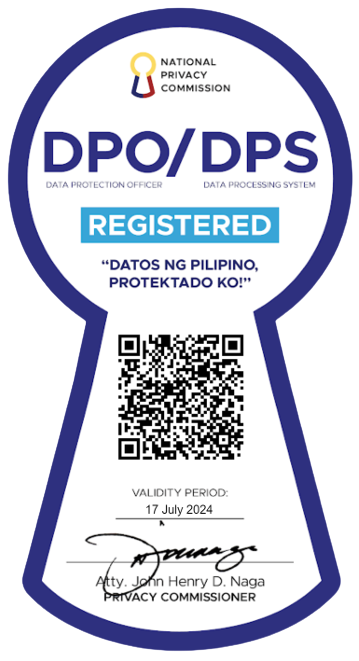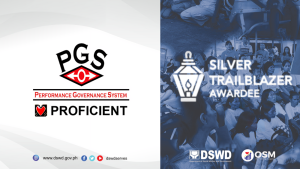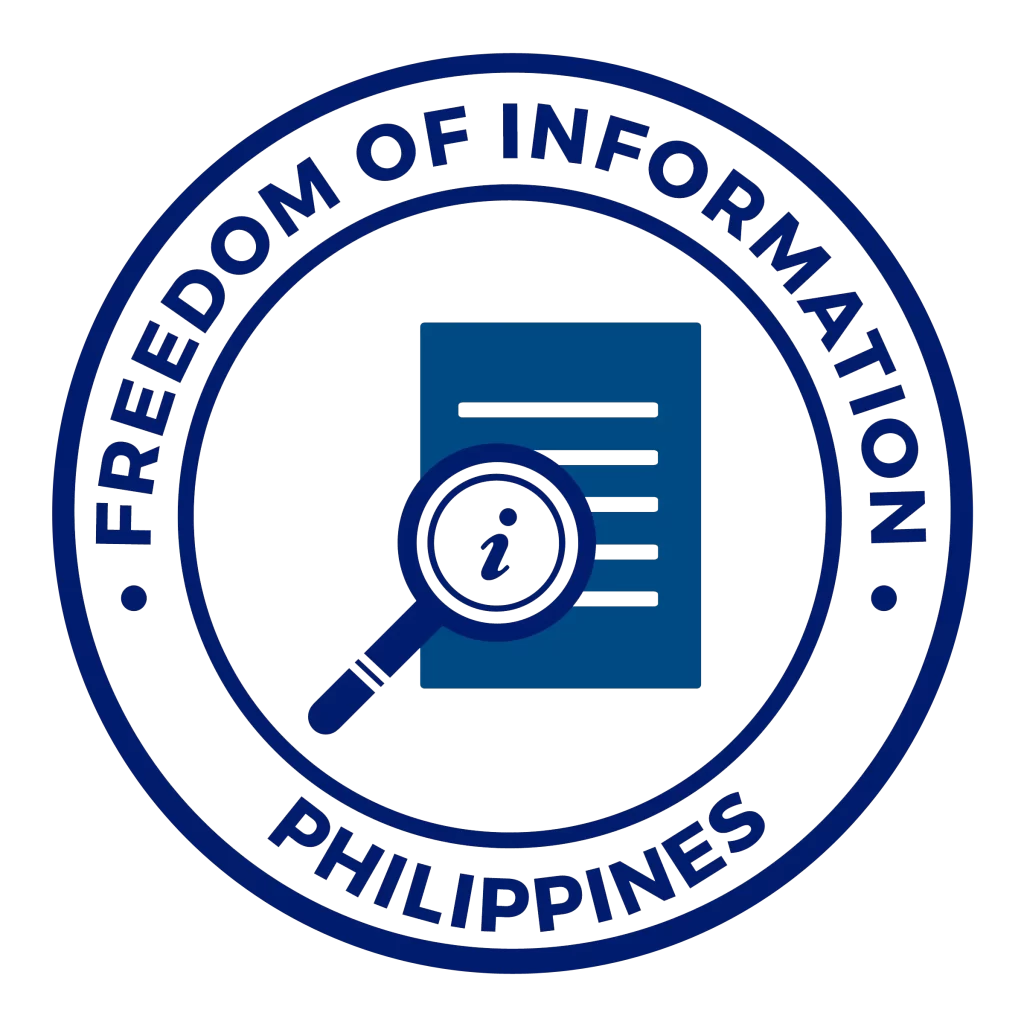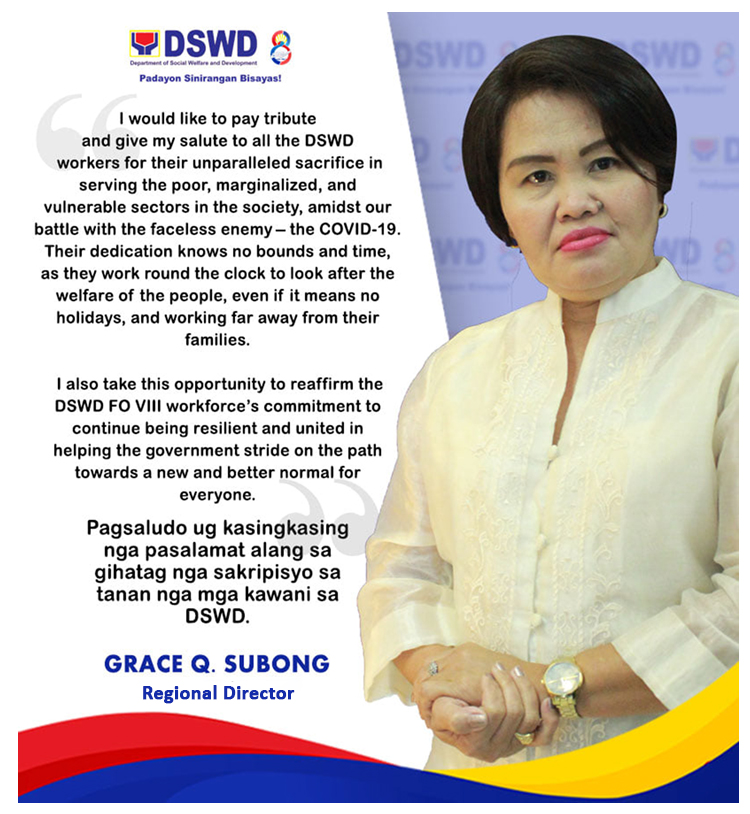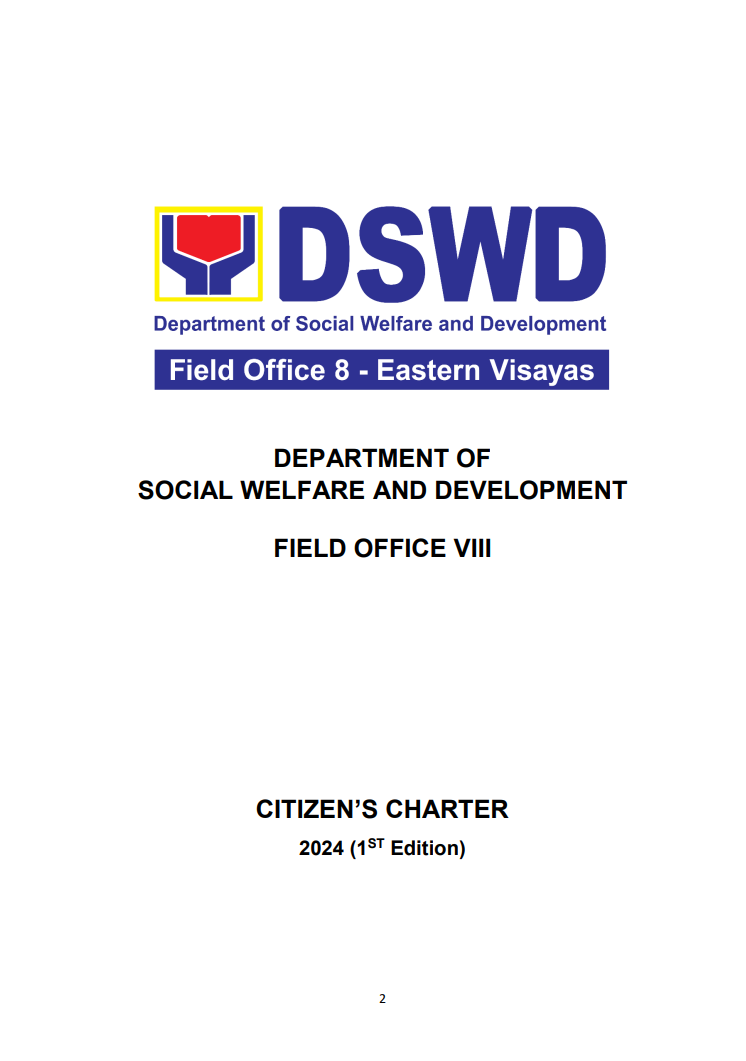Mayorga is a 5th class municipality in the province of Leyte, Philippines. It faces the Pacific Ocean and is forty (43) kilometers south of the provincial capital, the City of Tacloban.Based on the August 1, 2015 National Statistics Authority Census of Population, Mayorga has a total population of 17,161. Municipality of Mayorga was subdivided into 16 Barangays, composed of the following: Burgos, Bonifacio, Camansi, Calipayan, Gen. A. Luna, Liberty, Mabini, San Roque, Sta. Cruz, Wilson, Ormocay, Union, Talisay, Poblacion Zone I, Poblacion Zone II and Poblacion Zone III. The Municipal Offices are located at Brgy. Poblacion Zone I.
The town of Mayorga is relatively small compared to its neighboring municipalities, it is endowed with rolling plains ideal for rice production. Its public transport system is comprised of the jeepneys and vans plying the route of Mayorga and Tacloban. There are single motorcycles passenger vehicles and “motorpots” plying intra-municipal routes. There are also pedicabs plying along barangay roads.
Mayorga is basically an agricultural municipality. Most of its residents indulge in farming and fishing as its primary source of livelihood. There are 1,716 total number of rice farmers organized into 26 associations. 2,387.44 hectares of land is planted to rice. There are 202 indulged in high value crops (HVC) farming, 118 of these HVC farmers are land tenants, while 85 are owners of their tilled lands. In terms of corn planting there are 154 who are indulged on it. The livestock and poultry meat industry is also a source of livelihood. There are 1,412 swine raisers; 131 cattle raisers, 454 carabao raisers, 49 goat raisers and 1373 chicken raisers.There are 865 total number of fisherfolks. 640 of which are males and 225 are females. These fisherfolks employ hook and line, timing and gillnets as their fishing methods.
There are many NGA’s, NGO’s that had come to the community such as Kalahi CIDSS who has been implemented for almost how many years in the municipality. Kalahi CIDSS influenced the MLGU in enhancing its Transparency, Accountability and its Participation to the community. The MLGU seen that despite the different activities given by Kalahi CIDSS and other NGO’s, there are still gaps that have not been addresses, to name some of it are; some members of the community who are not or could not participate, they are not being informed that there is such activity like Barangay Assembly of Kalahi CIDSS, not all sector is well-represented in the conduct of activity.
Another is there still people in the vulnerable sectors who are somewhat left behind in all the development activities of the communities and others would not avail any services because coming to Municipal Building for them is costly and time consuming . Another issues that has been raised that the MLGU had seen is the inconsistencies/ unavailability of the 1st and secondary data in the community. It maybe because of the Absence of Brgy. Record due to change of leadership/absence of turn-over of records, as a results data generated from different NGO’s and NGA’s is inconsistent. Because of this, MLGU had develop a strategy to address this gaps and had foreseen that there should be a focal person aside from the Barangay officials who would assists to it’s those people in the community. They are called as the Barangay Welfare Affairs, they are directly employed by the municipality to assist its people in the community to easily communicate to the municipal offices if ever they had concerns or they had needs that needs to be attended. To help Barangay officials in data gathering and consolidation. And in the Kalahi CIDSS context, they are being used for wide dissemination of information and for transparency purposes. The BWA was equipped with radio-based to be better effective.
In the Implementation of the strategy having a Barangay Welfare Affairs and Installation of Radio Based, there are still some things that are needed to be improved such as its protocol in answering and disseminating of information. As well as what allowed and not allowed information’s to be transmitted through the Radio Base or through Cell phone only.
With the current system in the community having a Barangay welfare affairs, must of the impacted population are those who are at the vulnerable sectors those who are not reached out or those who have no means of reaching to MLGU. The people could easily access any services of information that is useful for them. People mostly saved their time and money, because if ever they need from the MLGU or Department Heads, they would first notify the personnel they will be meeting, they would not come to the municipal hall for nothing if that certain person is not available.
In the course of devising the strategy, it is not a sudden decision, it takes several studies and consultations. It was conceptualized by the Municipal Mayor itself and was supported with the different department Heads. This strategy is just one of the plan for comprehensively responding to the development issues and challenges confronting the municipality, It begins with a discussion of the municipality’s Vision – the “future state” that its citizens and leaders aspire for Mayorga to become in the near future. The gaps between the desired vision and current realities are then identified, the development indicators described, and the main themes that emerged are summarized– the so-called cross-sectoral challenges- within the planning period.
Its actual target of this is to reach more on the Constituents of Mayorga Leyte, and enhancing its Transparency, and Accountability in the MLGU side and enhancing participation of the people especially the most vulnerable ones.
In the Implementation of this strategy, First MLGU hired a Barangay Welfare affairs in the community at least there are 5-7 personel per Barangay. Then the Radio based per Barangay was installed. Then later on they had trained the Brgy. Welfare affairs on how to use the radio and on transmitting information, and its protocol.
Since it is a community based, people in the community could easily access. The usual used of the radio and the BWA are; MLGU would transmit information such as there will be a meeting at the community and someone will visit, the BWA upon receiving the information would immediately tell the Barangay officials and the persons needed in that particular meeting/visits. Prior of the conduct of the activity, the people are well informed already. Another use of BWA and Radio Base is when a person in the community needs to visit to the Municipal building for a purpose, the BWA would first call the base of MLGU and would as if the personnel is available, the MLGU base would tell that the certain person is available then the person could proceed to the Municipal Building, however if ever they are not available the person would not come.
Although the good practice is not perfect at all it has still lapses, but it gave greater impacts to the people of Mayorga, communication between MLGU and Community are become easy, transparency has been promoted. Data in the barangay level has been readily accessible to all. It bring MLGU close to the vulnerable sectors in the community.
The greater impact of it is, it bring the service and information to the people closer to its community particularly the most vulnerable ones. One obvious result is the high participation rate in all barangays in Mayorga which is above 82 % mark and women participation were all above 55 % for 3 cycles.
Perception among 420 community members randomly selected in 16 barangays shows awareness of the communities of the interaction and dealing of the local officials. It also shows that a majority of the community are able to participate the different Kalahi-CIDSS activities. This is due to the coordination with the Brangay Welfare Affairs with their enhance communication system.
In the course of implementation of the good practice, convergence of different agencies helps in the success of the activity. In the course of implementation of the project it has been, there are still some lapses that are needed to be address, but however, with the help of convergence of different agencies gaps is answered little by little. Continuous capacitation of the BWA is a must for better effective delivery of social services to its most vulnerable sectors in the community.
At first the implementation is not smooth sailing since it entails a lot of things to consider, they see at as political propaganda, it takes time to put the systems to the barangay, but with perseverance it successfully put into system. It is not that easy to implement such activity but however they with the convergence of the MLGU and BLGU it became possible and it was great help to the people especially to those vulnerable ones.
The good practice itself is replicable to any other municipalities, it just entails a small amount of resources to replicate of the strategy. There were several laws that had been implemented. #

